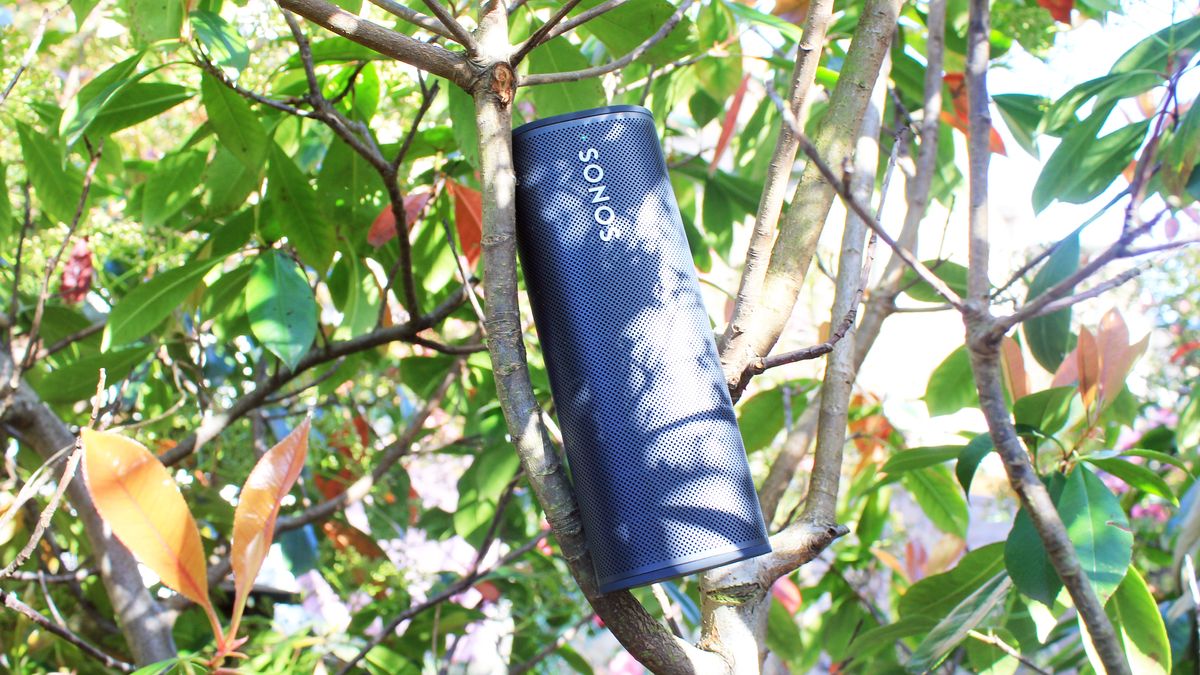Nikkor Z 70-180mm f/2.8: A Budget-Friendly Telephoto Zoom Lens with Impressive Performance
The Nikkor Z 70-180mm f/2.8 is a versatile medium telephoto zoom lens that caters to the needs of various types of photographers. Whether you’re capturing wildlife, weddings, landscapes, or sports, this lens is designed to excel in different scenarios. What sets it apart from other lenses is its more affordable price tag compared to the Nikkor Z 70-200mm f/2.8 VR S, making it an ideal choice for enthusiasts and photographers on a budget.
Priced at $1,250 / £1,299 / AU £2,099, the 70-180mm offers a constant f/2.8 aperture and weighs just 1lb 12.1oz / 795g, making it lightweight and easily portable. Measuring 3.3 x 6in / 83.5 x 151mm, it’s also compact, ideal for those who don’t require a wide-angle focal length. While it deviates slightly from the common 70-200mm focal range, the 20mm difference is hardly noticeable in real-world situations.
In terms of image quality, the 70-180mm may not match the 70-200mm f/2.8, but it is still an impressive performer. It forms part of Nikon’s Z-series lenses, alongside the Nikkor Z 17-28mm f/2.8 and the Nikkor Z 28-75mm f/2.8. All three lenses offer a constant f/2.8 aperture and cover a full-frame focal length range, from wide-angle to 180mm. They also share the same 67mm filter thread, making it convenient for photographers and videographers to use the same set of filters for all three lenses.
When it comes to build quality, the 70-180mm may not have the premium feel of its professional counterpart, the 70-200mm f/2.8, but it is still solidly constructed. It features minimal controls, with only a zoom lock to prevent zoom creep. However, one downside is the absence of optical Vibration Reduction (VR) or Image Stabilization (IS), so IS can only be used if paired with a full-frame body with In-Body Image Stabilization (IBIS). APS-C Z-series cameras do not offer IBIS, so VR is not an option here.
The lens consists of 19 elements in 14 groups, including ED and super-ED elements, as well as three aspherical elements. It has a nine-blade circular aperture that produces pleasing bokeh. Focusing is internal, which means the front element does not rotate during focusing, making it convenient when using filters. The zoom ring is large and comfortable to use, while the focus ring offers a good amount of resistance for manual focusing.
One notable feature of the 70-180mm is its impressive minimum focusing distance. At 70mm, it allows for close-up shots at just 0.89ft / 27cm, and at 180mm, the distance increases to 2.79ft / 85cm. It can also be used with Nikon’s Z 1.4x and 2x teleconverters to extend the focal range, albeit at the cost of maximum aperture. Additionally, it is compatible with APS-C Z-series models, providing a focal range of 105-270mm with the f/2.8 aperture.
In terms of image sharpness, the lens performs best between f/5.6 and f/11, while the extreme ends of the aperture range at all focal lengths tend to be less sharp. The lens exhibits some edge sharpness when wide open, but this improves as it’s stopped down to the middle settings. Vignetting is present at f/2.8 but diminishes significantly at f/4 and disappears at f/5.6. Optical distortion is minimal, which is commendable for a medium-range lens like this.
Overall, the Nikkor Z 70-180mm f/2.8 is a reliable performer that offers photographers a cost-effective medium telephoto zoom lens with a constant maximum aperture. Its lightweight design, compact size, and impressive image quality make it a lens worth considering for any subject you may shoot.
To test the lens, it was used in various shooting scenarios, evaluating its comfort during extended handheld use, sharpness at different apertures and focal lengths, and distortion performance. Both static and moving subjects were photographed to assess autofocus performance. The aim was to provide a comprehensive real-world review that reflects how photographers would use the lens themselves.
As an experienced photographer with nearly 30 years of experience and 15 years as a photography journalist, I have covered a wide range of subjects and used numerous cameras and lenses throughout my career. With this lens review, I aimed to focus on factors that are essential to photographers and provide a practical assessment of its capabilities.
(Photos: James Abbott)
Is the Nikkor Z 70-180mm f/2.8 worth buying?
Buy it if:
– You’re looking for a budget-friendly telephoto zoom lens with a constant maximum aperture.
– You prioritize lightweight and compact design for easy portability.
– Impressive image quality is important to you.
Don’t buy it if:
– You require the premium build quality of professional lenses like the Nikkor Z 70-200mm f/2.8.
– Optical Vibration Reduction (VR) or Image Stabilization (IS) is a must-have feature for you.
In summary, the Nikkor Z 70-180mm f/2.8 offers excellent value for money and delivers reliable performance in a medium telephoto zoom lens. Its versatility, combined with its affordability, make it a compelling choice for photographers on a budget.




